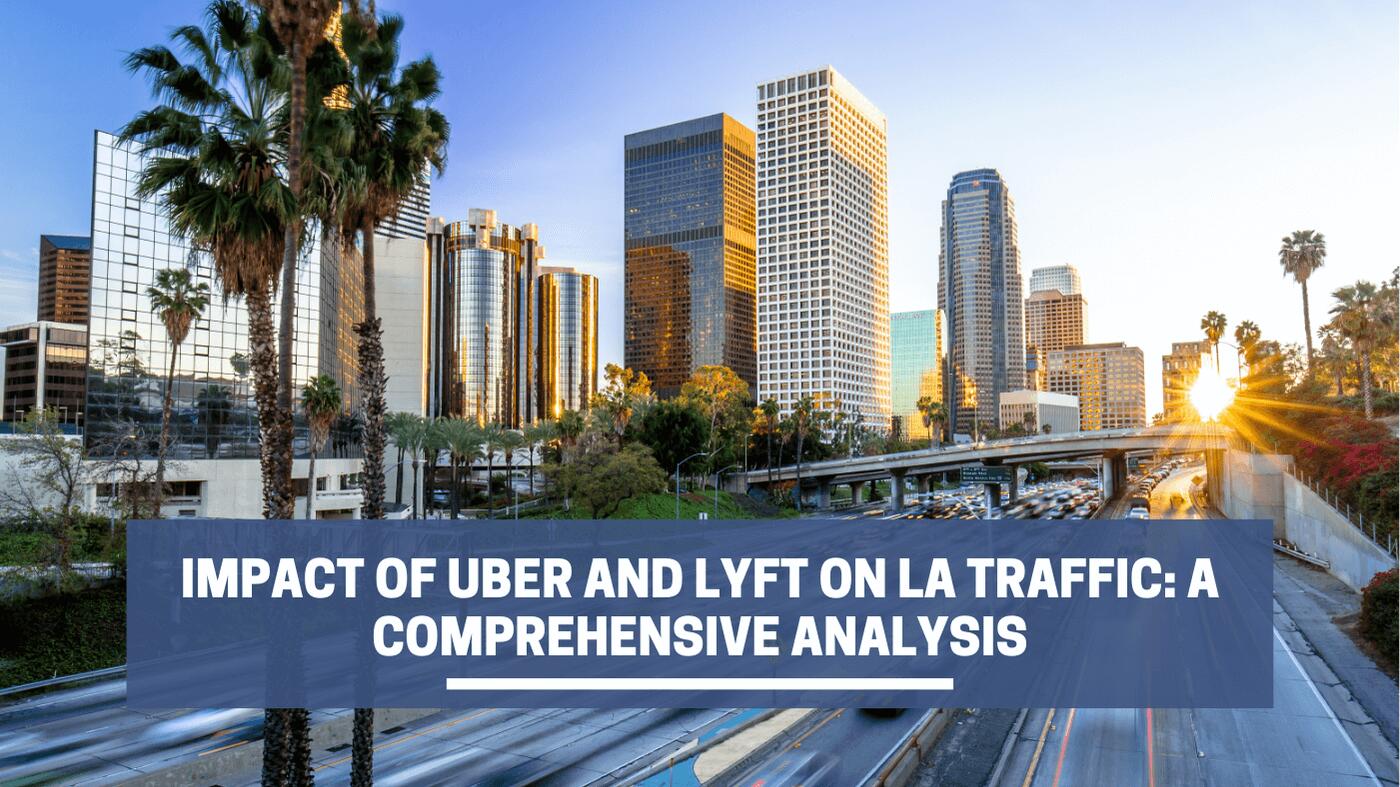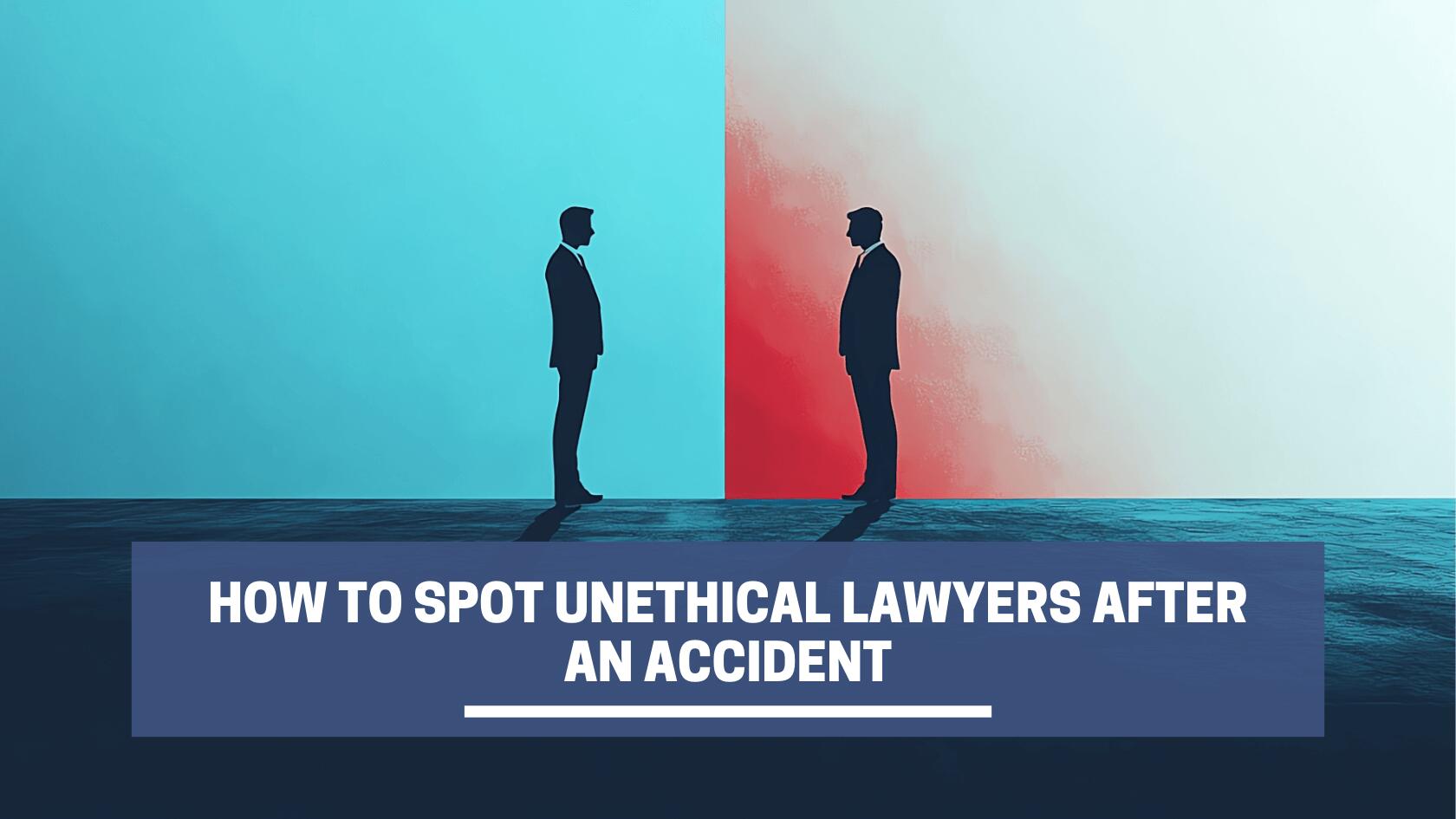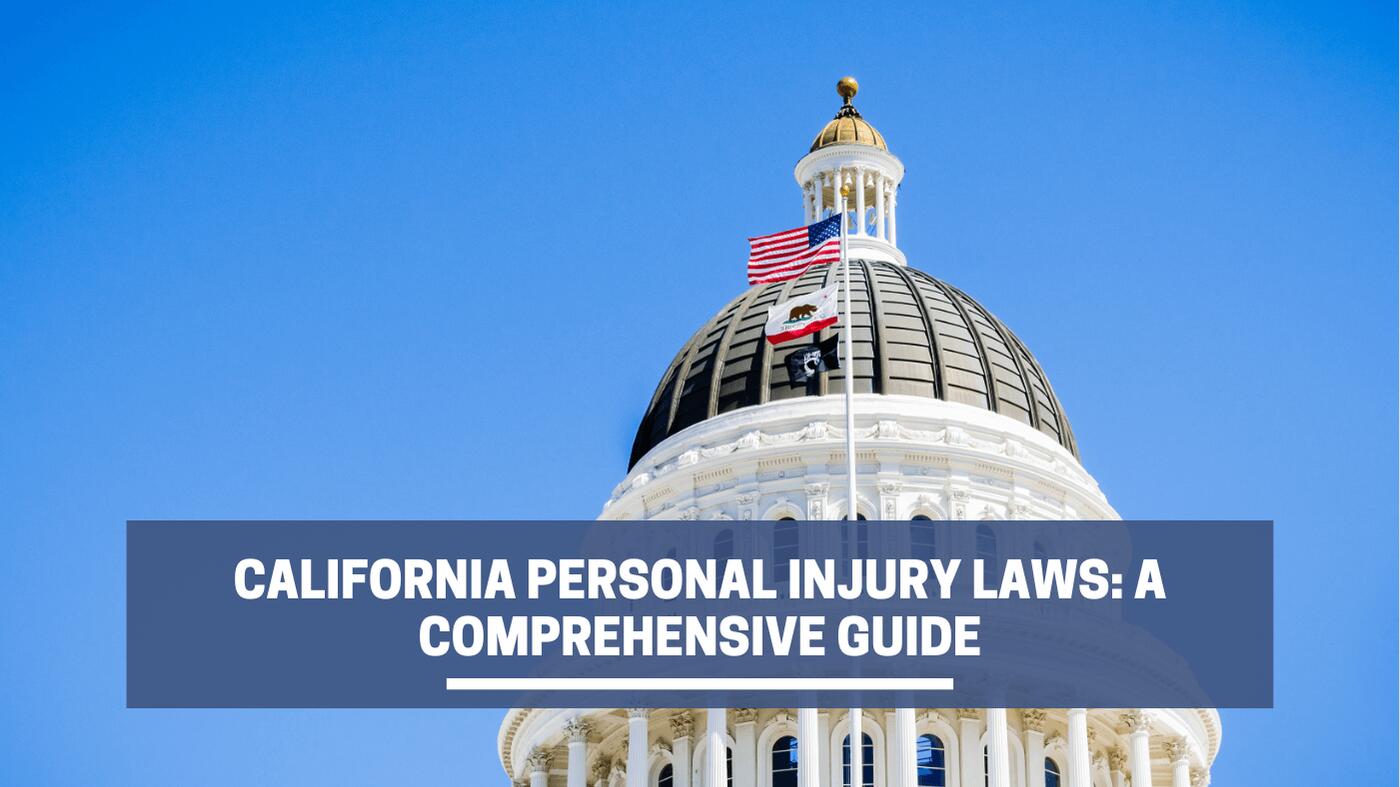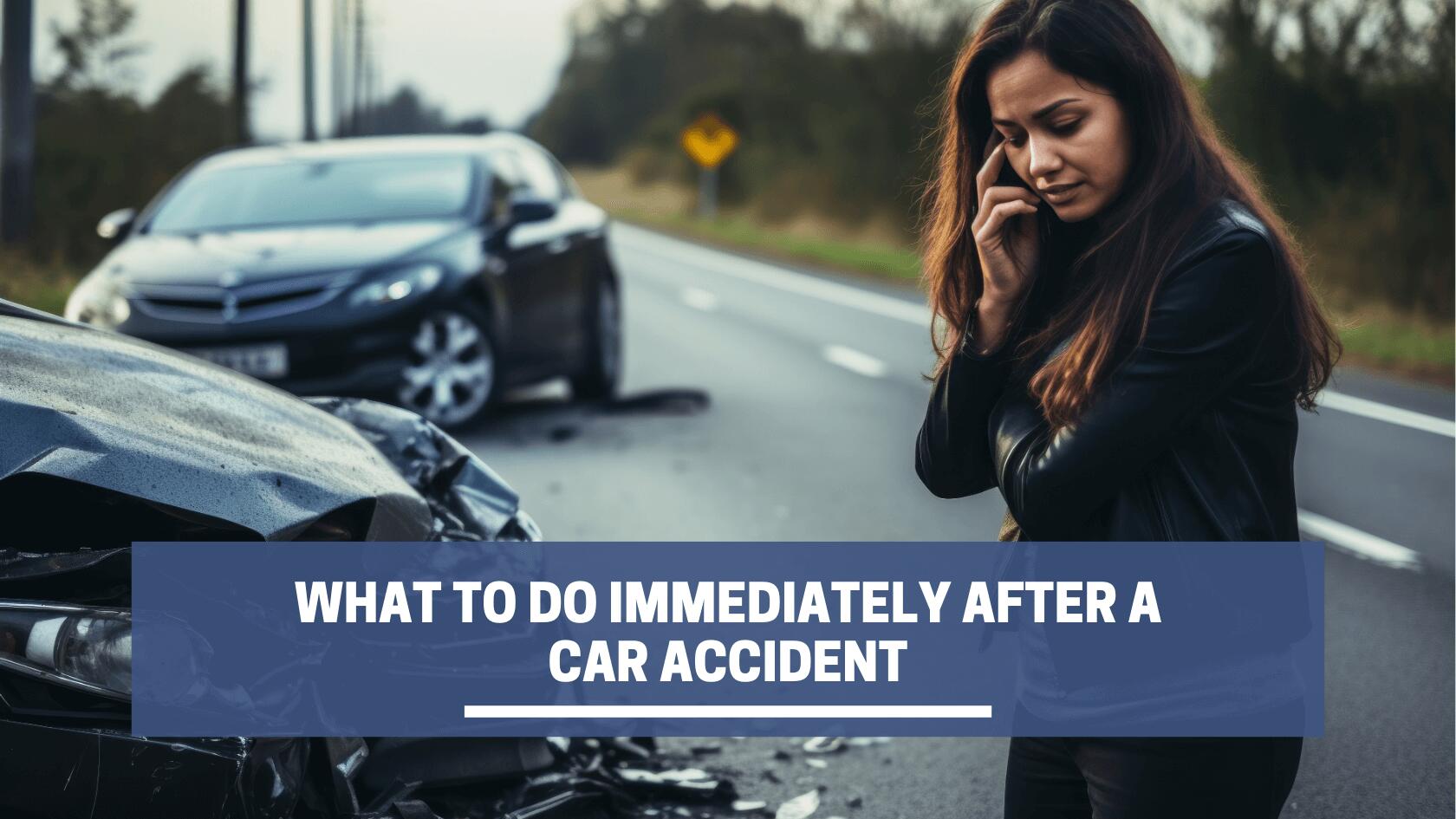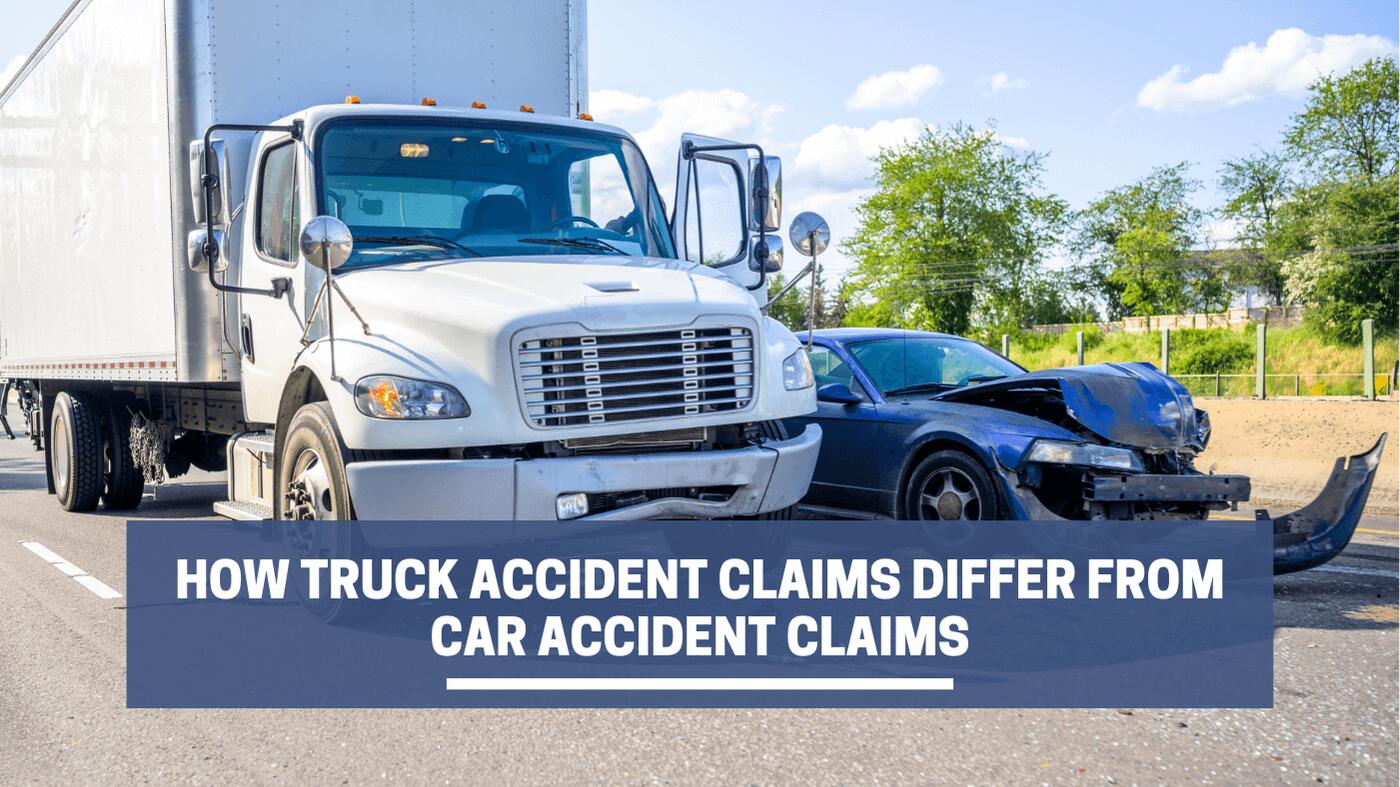Updated: June 17, 2024
Ridesharing services like Uber and Lyft have significantly transformed the landscape of Los Angeles. These platforms have affected everything from daily commutes to urban planning, not to mention their influence on environmental considerations. With growing user bases and a substantial workforce, these services are shaping the ways residents navigate the city.
As the use of ridesharing continues to surge, its impact is multifaceted, altering traffic congestion patterns and reducing the necessity of car ownership. The long-term implications remain to be seen, but the immediate effects on mobility and environmental aspects are already evident. This evolving trend in urban transportation marks a pivotal shift in how Angelenos experience their city.
The Uber and Lyft Promise
Uber and Lyft were launched with the vision of making urban transportation more efficient and less stressful. These rideshare apps provide significant relief by handling the logistics of transportation, such as parking fees and gas costs. Users no longer need to fret over finding and paying for parking spots or refueling their vehicles when plans change.
By taking on the responsibility of the entire journey, rideshare services aim to ease the burdens associated with driving in a heavily congested city like Los Angeles. Insurance costs, vehicle maintenance, and the overall stress of traffic are minimized for those who opt for ridesharing.
Additionally, Uber and Lyft advocate for environmental benefits. By reducing the number of private vehicles on the road, these services intend to decrease traffic congestion and pollution. This not only aims to save users money but also contributes to a cleaner environment.
Despite these promises, the real-life impact of Uber and Lyft on Los Angeles’ traffic and environmental well-being is varied. Studies have concluded that ridesharing significantly influences traffic patterns in several urban centers. Inevitably, accidents occur and resources like a Lyft accident attorney or Uber accident attorney come into play to address the legal aspects following a mishap. It is crucial to understand both the positives and challenges as this new mode of urban transportation continues to evolve.
|
Benefits of Ridesharing |
Concerns with Ridesharing |
|
Reduces need for parking |
Possible increase in traffic |
|
Minimizes insurance costs |
Environmental impact |
|
Lessens fuel expenses |
Dependency on service |
By effectively managing these elements, rideshare apps endeavor to fulfill their promise of a more convenient and cost-effective transportation solution.
Uber and Lyft Traffic Impact on Los Angeles
Traffic congestion in Los Angeles has long been a significant issue. A study revealed that Uber and Lyft contribute to this congestion, logging between 160 million to 184.9 million miles driven. This accounts for approximately 2-3 percent of the vehicle miles traveled in the city (LAist).
The numbers show:
- Uber and Lyft Miles: 160 million to 184.9 million
- Total Miles by All Motorists: Approximately 11.8 billion
This proportion clarifies that while ride-hailing services add to the congestion, they are not the primary cause. Traffic is primarily caused by the general driving habits of all motorists in the area.
One important detail is that increased rideshare activity means a higher likelihood of rideshare-related accidents. This potential rise underscores the importance of considering an Uber accident attorney or a Lyft accident attorney when involved in such incidents.
Efforts to address traffic must engage broader solutions, recognizing that adding new road space often leads to more driving rather than reducing congestion. Strategies like improved public transportation and incentives for off-peak travel could be more effective.
Key Takeaways:
- Uber and Lyft contribute a small but significant portion to traffic congestion at 2-3 percent.
- The broader driving habits of Los Angeles motorists are the primary contributors to congestion.
- Increased rideshare activity correlates with the potential need for legal assistance in the event of accidents.
Understanding these dynamics helps in appreciating that rideshare services, while part of the traffic equation, are not the sole drivers of congestion in Los Angeles.
Emission numbers since Uber and Lyft
Transportation is the leading source of carbon pollution in the nation, and Uber and Lyft contribute to this problem. Studies have shown that ride-hailing trips like those provided by these companies result in significantly higher emissions compared to private car trips. For instance, a report from the Air Resources Board mentioned that Uber and Lyft vehicles produced more emissions due to additional driving without passengers.
California aims to combat this issue with legislation that mandates considerable changes to vehicle emissions requirements for these services. By 2023, 20% of the miles traveled by ridesharing cars must be in zero-emission vehicles. This figure will rise to 50% by 2026, and 100% of the vehicles must be zero-emission by 2030. This will significantly impact Uber and Lyft, which have substantial market presence in California with over 200,000 drivers.
These regulations could affect the broader national electric vehicle market as well. Given that Uber and Lyft don’t own most of the cars used in their services, California has implemented discounted leases and purchase programs to assist drivers in transitioning to electric vehicles. Lyft has raised concerns that the majority of drivers are part-time, supplementing their income through the platform. Despite these challenges, both Uber and Lyft are motivated to shift from gasoline-powered to electric vehicles.
The study indicated that on average, ride-hailing services generate 69% more emissions compared to the trips they displace. This data underscores the necessity for these legislative changes and the adoption of electric vehicles within the ride-hailing industry.
Accidents Involving Drivers and How an Uber and Lyft Accident Attorney Can Help
When involved in an accident as an Uber or Lyft driver or passenger, dealing with medical expenses and potential time off work can be daunting. An experienced Uber and Lyft accident attorney can help navigate these challenges effectively.
Uber and Lyft instructions for drivers include calling 911 and ensuring passenger safety. Passengers will be contacted by the trust and safety team, which provides insurance information and support in managing the crisis. Despite this, these websites often lack detailed guidance about what to do post-accident.
Taking your case to an attorney means you can focus on recovery while they work to ensure fair compensation. It is crucial to gather:
- Accident information: time, location, and road conditions.
- Driver information: details of the rideshare driver and other involved drivers.
For drivers, Uber and Lyft provide insurance policies, but it’s important to understand what your personal insurance covers regarding rideshare services. Make sure your policy permits using your vehicle for rideshare, or you could be held responsible for any damages.
If you need assistance, contact experienced Uber accident attorney and Lyft accident attorney at The Shirvanian and Law Firm. Schedule a consultation at 818-835-5396. Understanding your options and having legal help ensures that your rights and interests are protected.
Frequently Asked Questions
How have Uber and Lyft influenced congestion levels in Los Angeles?
Studies have shown that Uber and Lyft have significantly contributed to traffic congestion in Los Angeles. According to a report, in September 2018, Uber and Lyft drivers in LA collectively logged 50.7 million miles driving without passengers, waiting for ride requests. This contributes to overall traffic congestion as these vehicles are still on the roads even when not transporting passengers.
What are the environmental effects of ride-sharing services like Uber and Lyft on LA’s traffic conditions?
The environmental impact of rideshare services presents a mixed picture. On one hand, shifting from personal vehicles to ridesharing can reduce air pollution. However, as this study points out, the increase in the number of vehicles on the road can offset these benefits by contributing to additional congestion and emissions.
In what ways do Uber and Lyft contribute to or alleviate traffic in Los Angeles compared to traditional taxis?
Uber and Lyft contribute to traffic congestion predominantly due to their business model which often results in more vehicles on the road. Unlike traditional taxis, rideshare vehicles spend a significant amount of time driving without passengers. A detailed examination of traffic patterns indicates that these empty miles exacerbate congestion more than traditional taxis, which are usually more regulated and often have designated stands.
How does the presence of ride-sharing services like Uber and Lyft affect rush hour traffic patterns in LA?
During rush hour, the presence of ride-sharing vehicles can lead to increased congestion. Since many people opt for Uber and Lyft during peak times, there is a surge in rideshare vehicles on the roads. This increased demand contributes to the overall volume of traffic, making rush hour even more congested than it traditionally has been in Los Angeles.
What are the long-term implications of ride-sharing services on Los Angeles’s urban planning and traffic management?
The presence of ride-sharing services necessitates changes in urban planning and traffic management. City planners may need to consider creating designated pick-up and drop-off zones to reduce congestion caused by rideshare vehicles stopping in traffic lanes. Additionally, integrating these services into existing public transportation systems could help alleviate some of the pressure on the roads.
Have ride-sharing services like Uber and Lyft led to a change in public transportation usage in Los Angeles?
There is evidence that the rise of Uber and Lyft has impacted public transportation usage. Some commuters prefer the convenience of rideshare services over buses and trains, leading to a decrease in public transportation ridership. This shift in preference can strain traffic even further as more individual cars occupy the streets that might otherwise have fewer vehicles if public transport was more heavily utilized. Explore more about how rideshare services are replacing traditional commuting methods.







